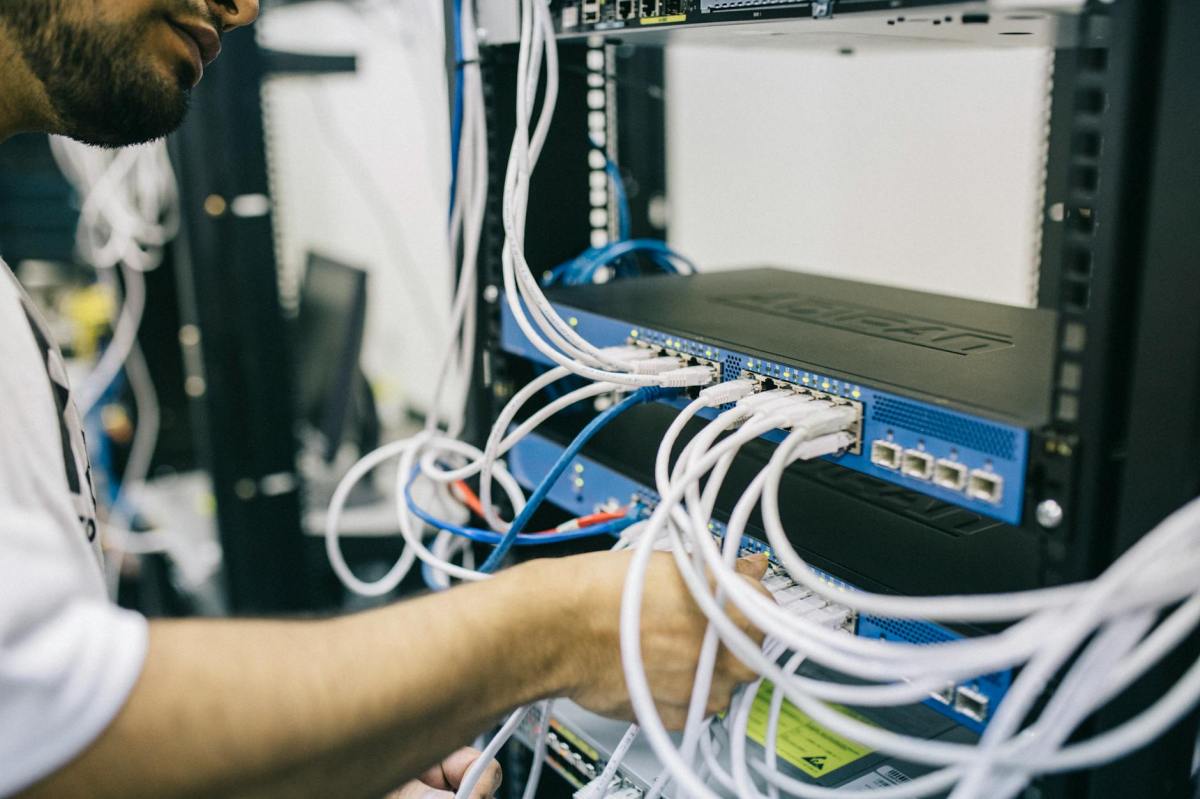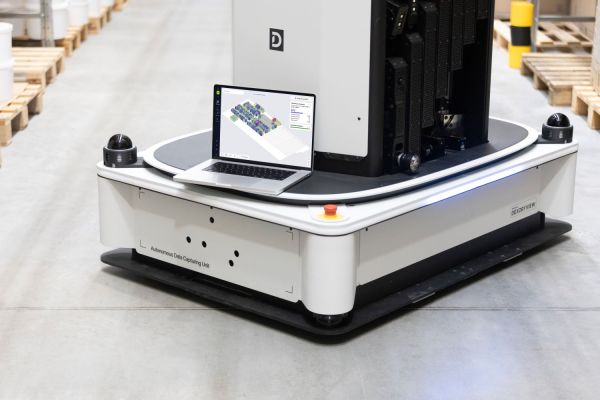By connectivity we mean the ability to establish connections, an element that allows for improved communications and storage capacity for both companies and individuals.
Connectivity is one of the reasons why we are experiencing a digital revolution that is transforming societies by enhancing the capabilities of an interconnected world in which the vast majority of digital devices are now part of a network.
Network connectivity can be of two types: wired (or fixed connectivity) or wireless. As the name suggests, the two differ in that wired connectivity requires cables to establish connectivity, so its radius of action is more limited.
On the other hand, wireless connectivity is that which can be developed from any space without having to connect to a cable.
Wired or fixed connectivity
Wired connectivity is where devices are connected both to the Internet and to each other via physical cables, as the name suggests.
Generally speaking, higher bandwidth means higher speed, and this type of connectivity is also more secure.
Fibre optics
Fibre optics is a technology that transmits data by means of thin plastic or glass wires that send information through pulses of light by taking advantage of the refraction and reflection of light, a transmission through optical cables.
As the light rays are not distorted, they retain their power and travel long distances, so the transmission of information is faster and more stable.
A technology that, although it may seem recent, dates back to the 1950s and in which two names stand out: Narinder Singh Kapany (father of fibre optics as a technology) and Charles Kuen Kao (father of fibre optic communications).
ADSL
ADSL (Asymmetric Digital Subscriber List) is a telephone cable that carries data and is based on the telephone line, which is an encapsulated copper pair that separates data transmission from voice transmission.
It is an asymmetric technology because the upload and download capacity does not match: either we receive more than we send or vice versa, we send more than we receive.
Ethernet
First developed in the 1970s, Ethernet can be defined as a wired connection between devices that are part of a local network or that connect to a wider area.
This type of cable sends data packets with a number of advantages: it is more secure (because it uses wiring, it is harder to break into), the connections are usually faster and of higher quality, it is cheaper, and it allows different machines within a sub-network to be connected in a simple way.
There are different types of Ethernet cables, whose difference lies in the transfer speeds they offer, as well as the download speed or frequency, without losing sight of the fact that the longer the cable, the greater the loss of power.
Wireless connectivity
Wireless connectivity has a number of advantages, such as simplicity of installation (no node networks or cables are required), wide mobility and lower cost from an economic perspective.
Wireless Personal- WPAN
These are networks with a range of a few metres and can be identified with wireless personal area connections, such as Bluetooth.
Due to this connection distance, they are used as a network standard for communication between different devices that are located close to the access point.
Wireless Local-WLAN
With a longer range than the previous one, wireless local area connections include probably the best known connection, the wifi network. It should be noted that not all WLANs are wifi, since other radio transmissions connecting the nodes of the local network are also wifi, although it is true that wifi is the most widely used type of WLAN.
The range of this type of network is 100 metres and is common in home and business environments and works via radio waves or infrared.
Wireless Metropolitan-WMAN
The range can be up to 50 kilometres and allows connections between locations within a metropolitan area, as the name suggests.
It is most commonly used to connect institutional buildings or to provide Internet access to entire villages. The most common connection in this category is WiMax.
Wide- WWAN
In this case, mobile phone towers and satellites provide coverage over a wide geographical area, including rural or remote regions where fixed networks may be more limited.
Unlike WLAN, WWAN is used in mobility-enabled devices such as smartphones, tablets or laptops, which need Internet access on the move.
However, due to its wider coverage nature and the infrastructure used, it offers lower speeds.











